Used car prices edged down in May, offering a modest reprieve for buyers after months of inflationary pressure fueled in part by concerns over tariffs.
According to Cox Automotive’s Manheim Used Vehicle Value Index, wholesale prices for used vehicles declined by 1.5% from April. Despite the month-over-month drop, prices remain 4% higher than a year ago.
The dip follows a sharp increase in April, when prices reached their highest levels since October 2023. Analysts attribute part of that rise to preemptive consumer buying, as fears of tariff-induced price hikes pushed demand higher in late March and early April.
“Wholesale appreciation trends were remarkably strong in April, but the market gave some of that strength back in May,” said Jeremy Robb, senior director of economic and industry insights at Cox Automotive. “Values remain well above last year’s levels.”
At the same time, the national inventory of used vehicles fell 10% to 2.8 million units in May, continuing a post-pandemic trend of tight supply. Many consumers are holding on to their vehicles longer, further limiting availability. Supply remains constrained due to reduced production during the pandemic and lingering global supply chain issues.
Retail prices for used cars have not dropped as quickly as wholesale prices, reflecting delayed adjustments by dealerships. Used vehicle retail sales in May were down 3% from April but up 4% year over year, according to Cox.
Although the recently implemented 25% tariffs on imported vehicles and auto parts—announced by President Donald Trump’s administration—do not directly apply to used cars, they still influence the broader market. Rising prices for new cars can shift consumer interest toward the used market, pushing up demand and prices.
In April, Goldman Sachs projected that new vehicle prices could rise by $2,000 to $4,000 due to the new tariffs, which took effect in early April and May. Automakers such as General Motors and Ford have stated that these measures could add billions in costs by year’s end.
Still, recent data from Edmunds shows the average price paid for new vehicles in May actually declined 0.2% to $48,334, despite sticker prices rising. The divergence suggests consumer resistance to higher prices amid high interest rates and weakening confidence.
Many Americans remain under financial strain. The number of borrowers struggling to make car payments is at its highest in decades, adding to broader economic concerns. As interest rates remain elevated and inflation persists, affordability challenges are shaping both new and used car markets.
While used car prices have declined slightly, the overall trajectory remains uncertain. Robb at Cox Automotive notes that the market appears to be stabilizing after several years of volatility.
Industry experts expect the used vehicle market to remain tight through the summer, especially as production constraints and tariff-related policy uncertainty continue to influence consumer behavior and automaker strategy.
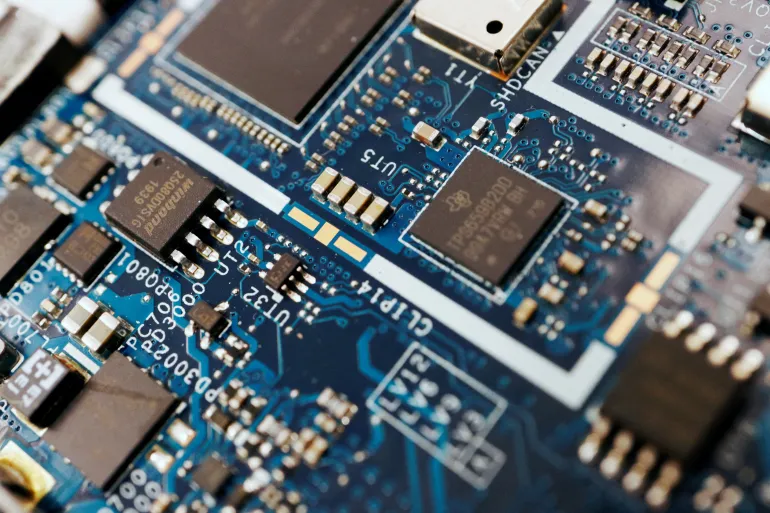
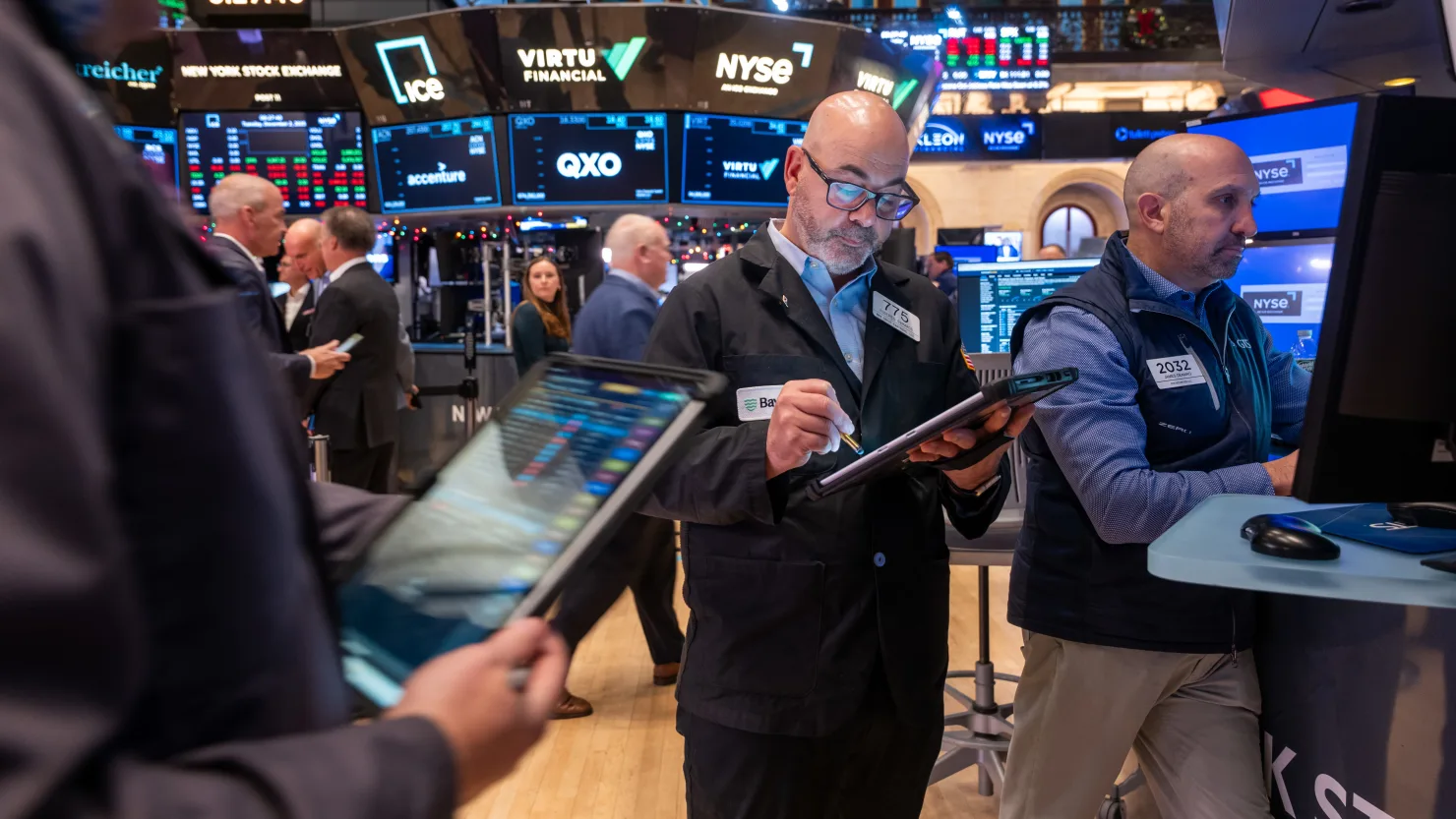

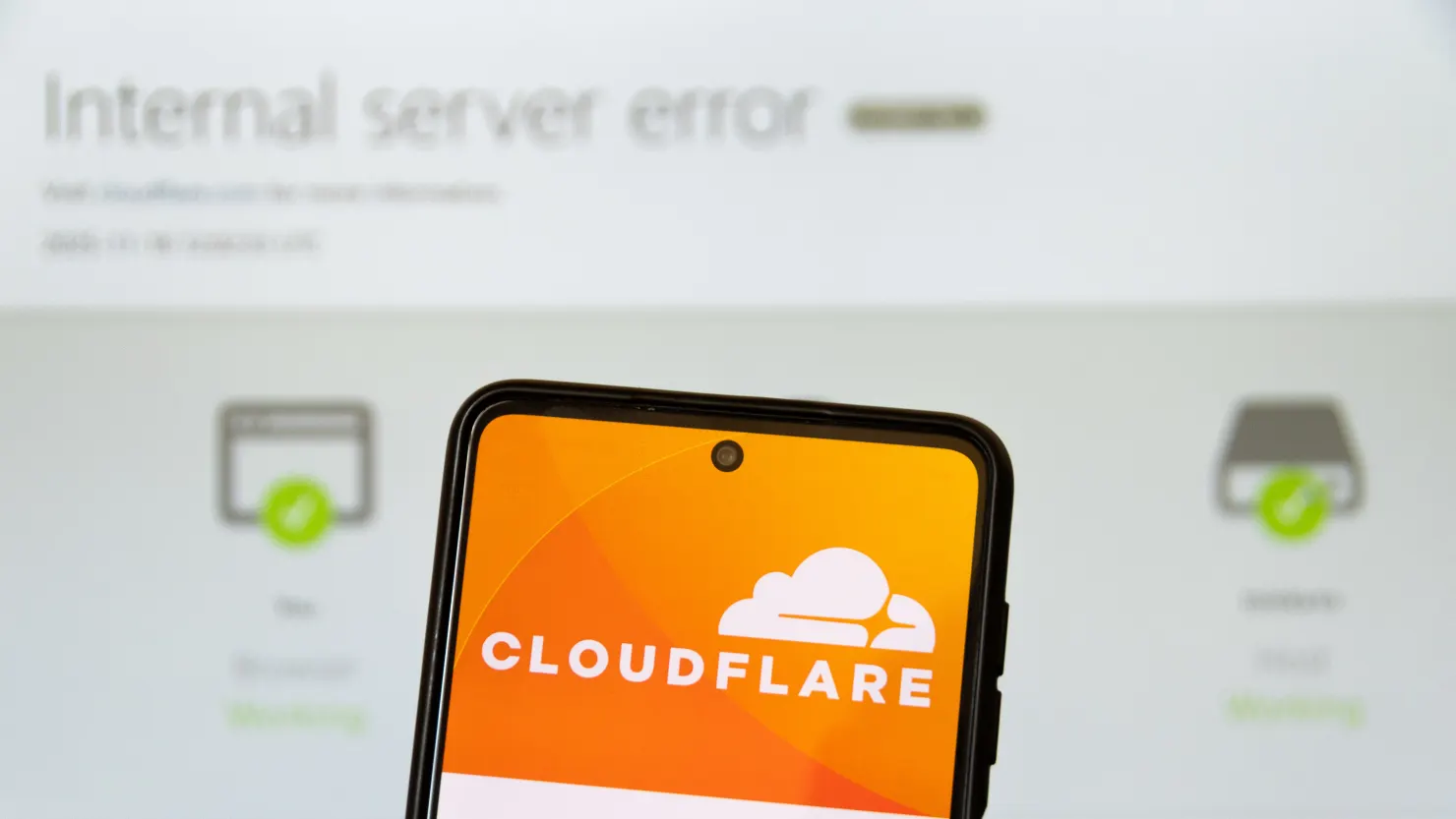
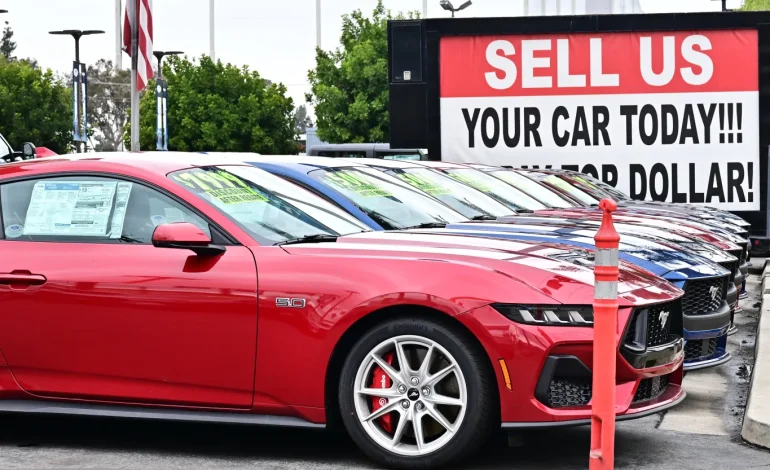



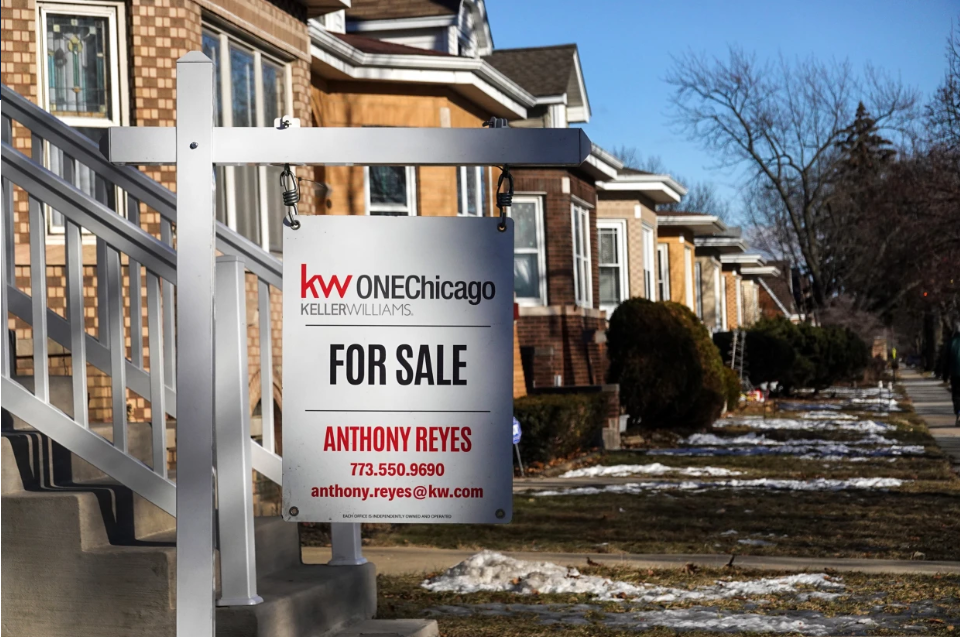
The latest news in your social feeds
Subscribe to our social media platforms to stay tuned